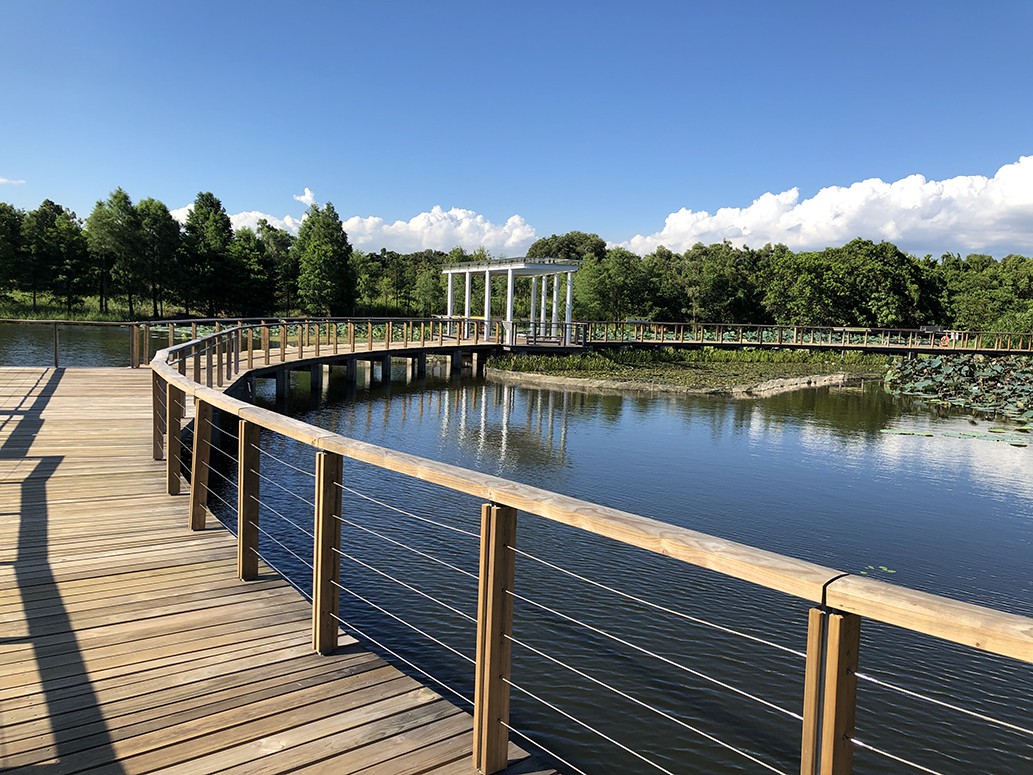
Water plants can change the wetland habitat in a process known as succession.
A boardwalk over open water takes visitors along a trail of aquatic plants. Explore the change of species as the habitat changes from open water, through floating plants like water lilies, emergent plants like reeds, to finally wet woodlands. Field notes apparently produced by an enquiring botanical artist reveal some amazing plant stories along the way.
Floating Plants
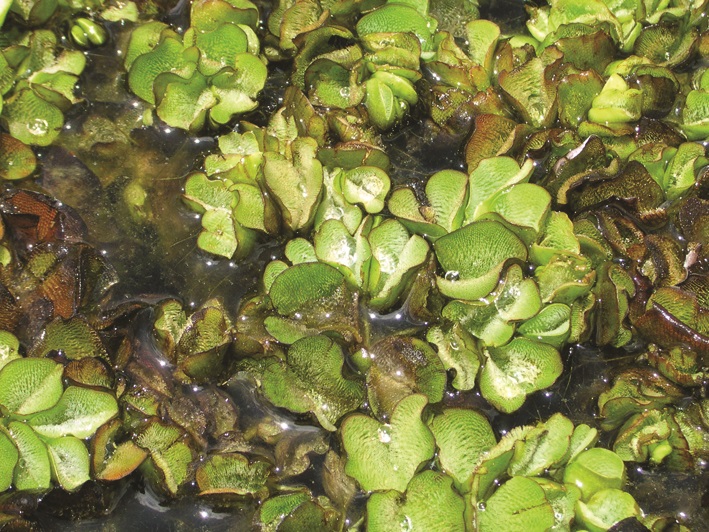
Floating Plants
Emergent Plants
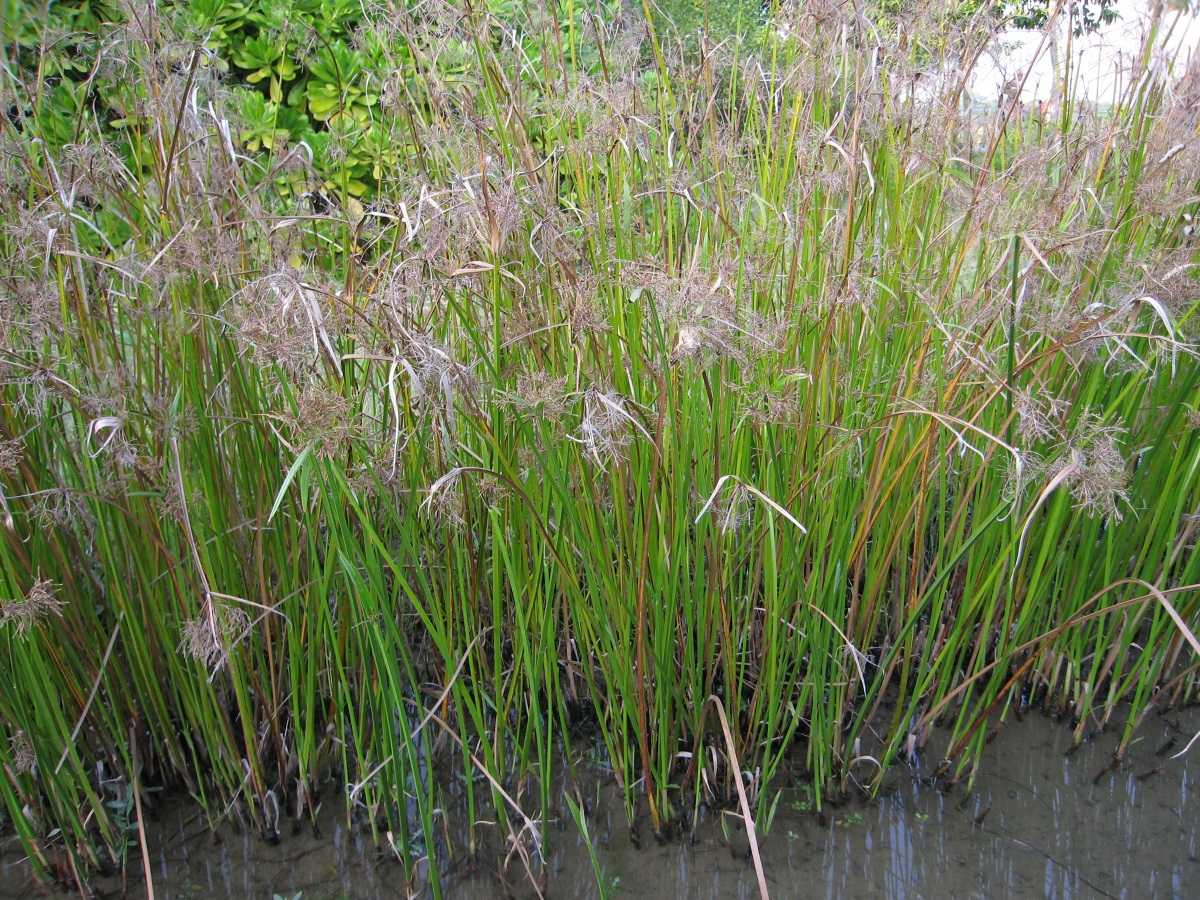
Emergent Plants
Plant life here is rich and varied due to the good supply of nutrient-rich mud. See the adaptations to life in the mud where plants jostle for space and compete with one another to propagate and get oxygen to their roots. Emergent plant life provides a good environment for birds such as rails and warblers, which perch amongst the reeds. Invertebrates often pupate on the stems of emergent plants and shed skins and egg cases may often be seen. Dragonflies, caddisflies and butterflies favour these conditions.
Wet Woodland Plants
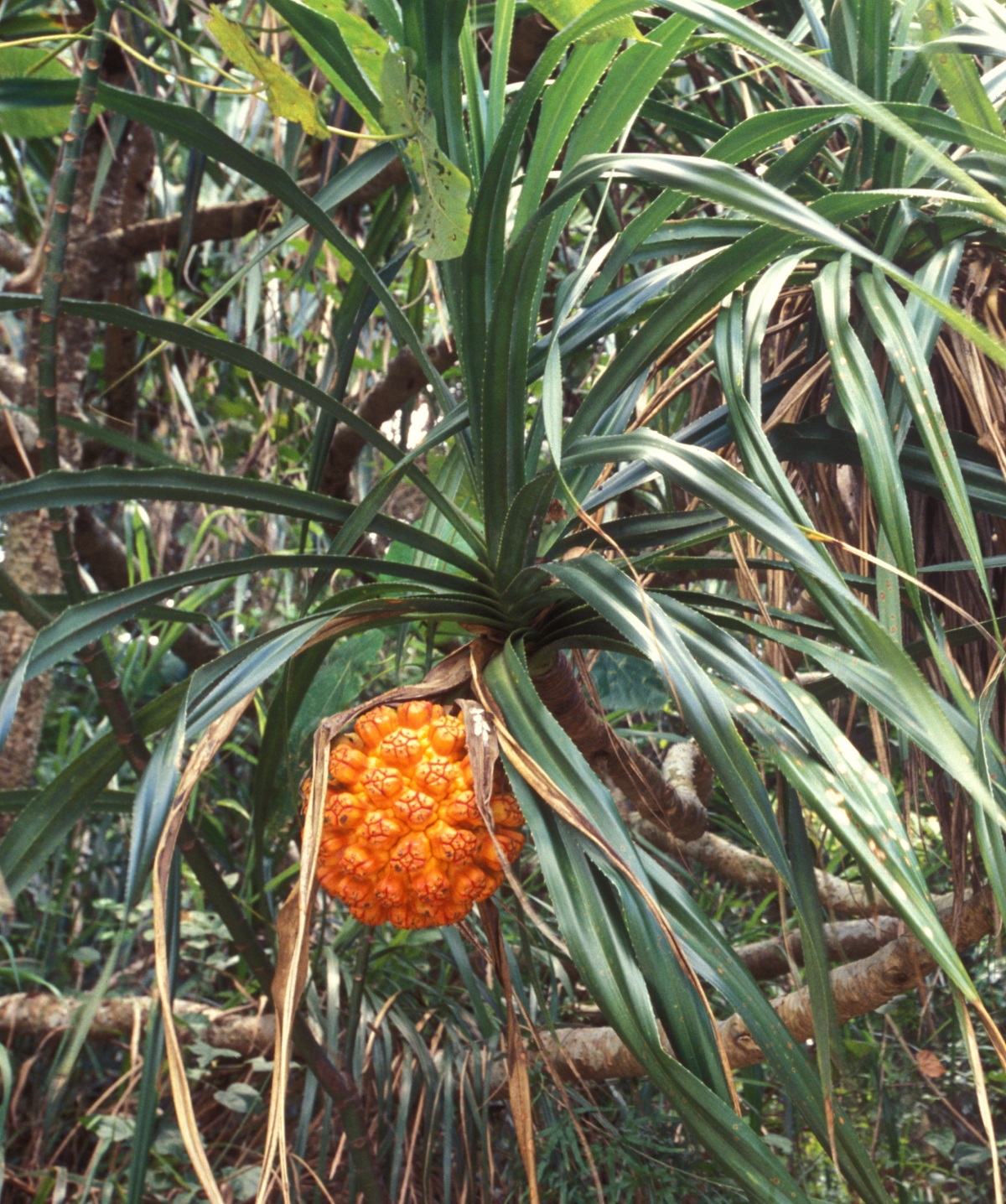
Wet Woodland Plants
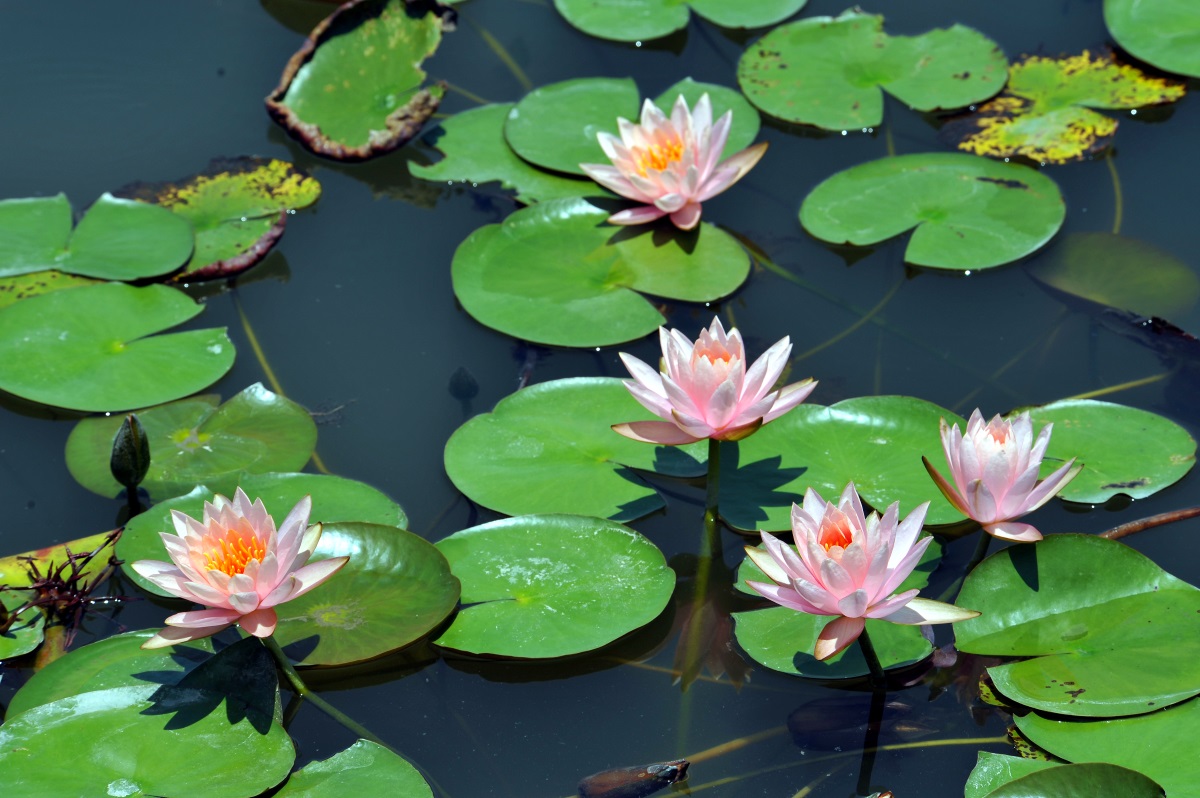
Pygmy Water-lily